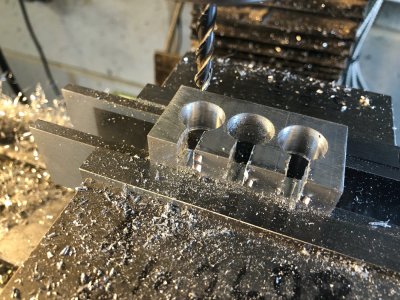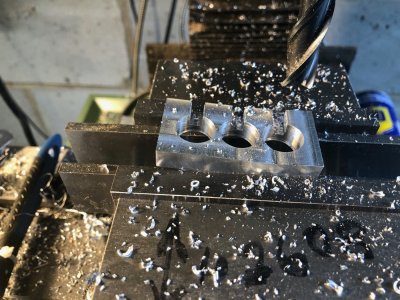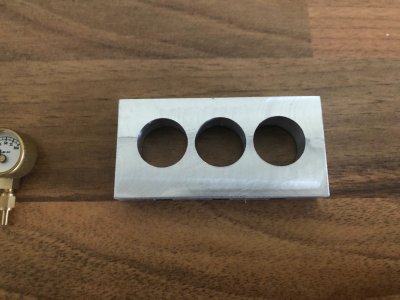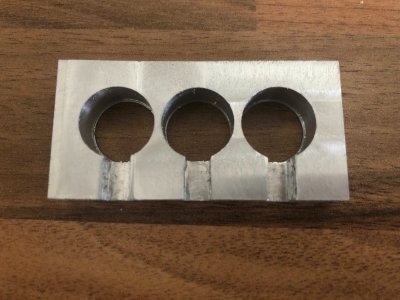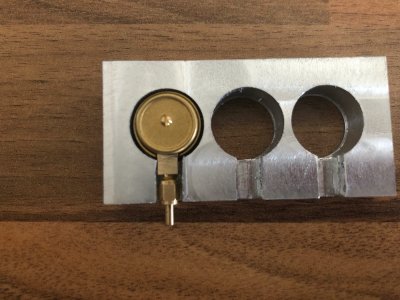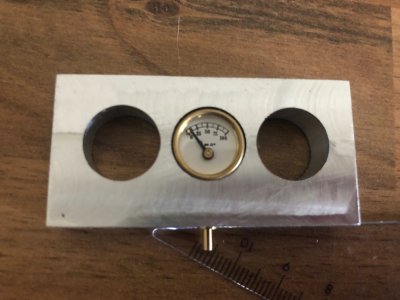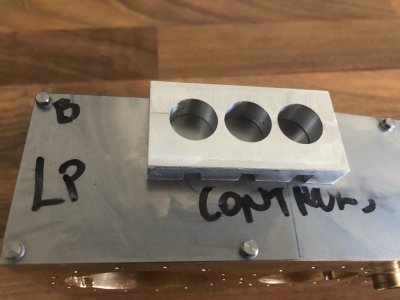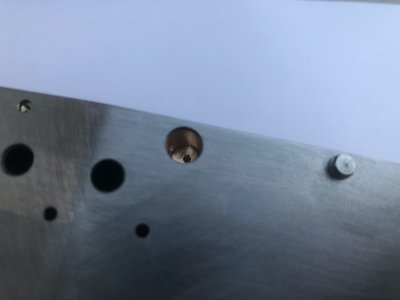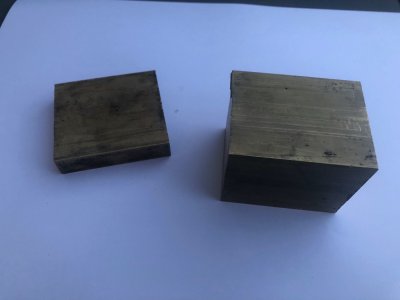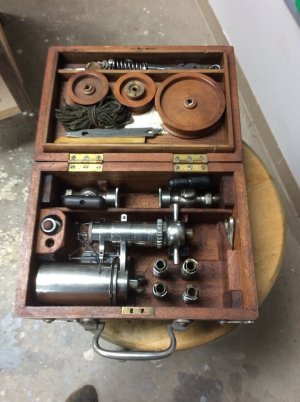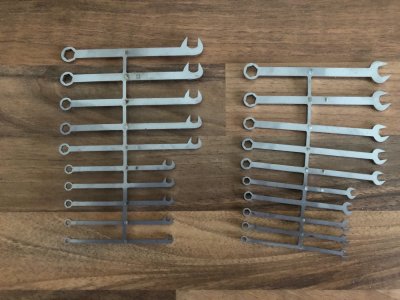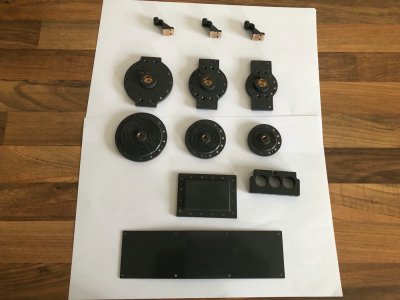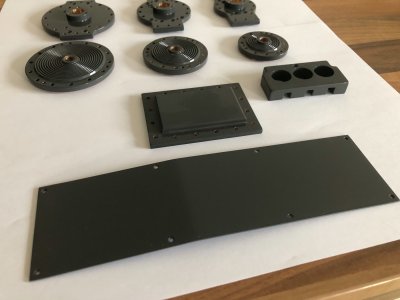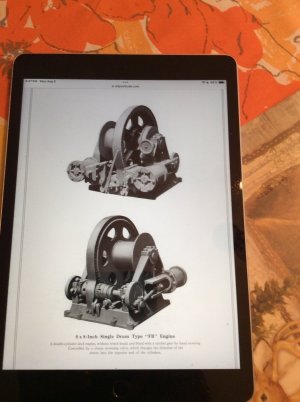Not so much a progress update, but more an update on purchases needed to finalise the design of some additions to the original drawings.
I have purchased the three gauges for monitoring the valve chest pressures. There are three different ranges on the scales as pressure drops in each valve chest
I have also purchased six small Globe valves for the cylinder drains.Adapter pieces will need turning to connect to the cylinder blocks due to the tapering nature of the block.

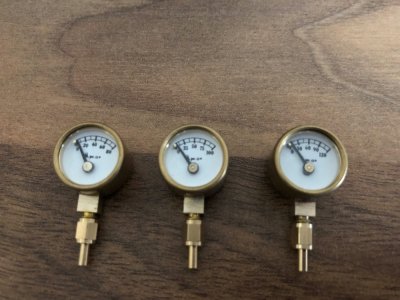
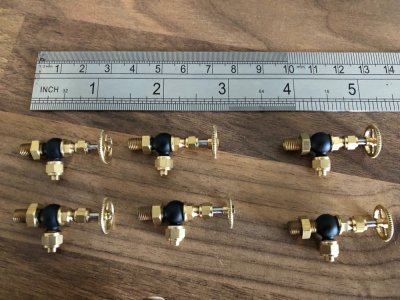
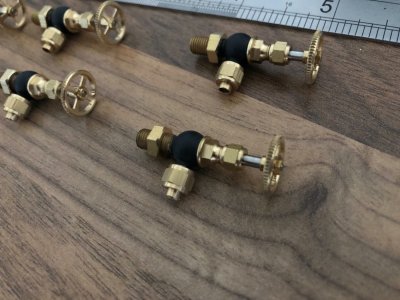
I have purchased the three gauges for monitoring the valve chest pressures. There are three different ranges on the scales as pressure drops in each valve chest
I have also purchased six small Globe valves for the cylinder drains.Adapter pieces will need turning to connect to the cylinder blocks due to the tapering nature of the block.







